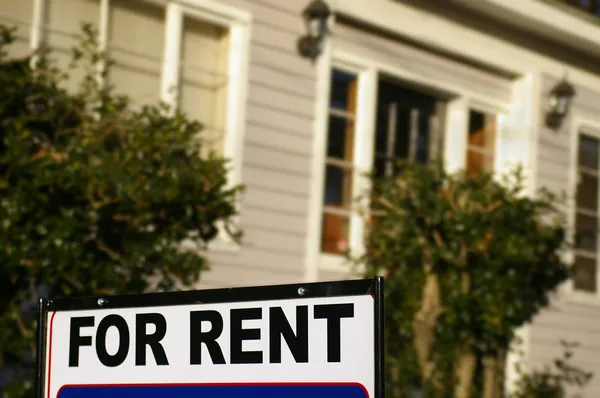Here’s a comprehensive, guide offering step-by-step insights for landlords looking to prepare their rental properties in Michigan for swift tenant turnover. Not only will this guide help you attract new tenants quickly, but it will also ensure compliance with Michigan Tenant-Landlord Law.
Step 1: Conduct an Exhaustive Property Walkthrough. Begin with a detailed property walkthrough, a pivotal step in the tenant turnover process. A thorough inspection of the premises helps identify any leftover items and potential repair needs, enabling a seamless transition between tenants.
Step 2: Meticulously Review the Lease Agreement Next, take a deep dive into the lease agreement. This review will highlight any discrepancies between the property’s current condition and its state at the beginning of the lease. Keep in mind, Michigan law prevents landlords from charging tenants for normal wear and tear.
Step 3: Undertake a Deep Cleaning Process Cleaning the property thoroughly is a must. This isn’t merely about surface cleaning; it entails deep cleaning kitchens and bathrooms, dusting light fixtures, and ensuring carpets are fresh and spotless. A sparkling clean property is far more appealing to prospective tenants, aiding in rapid re-occupancy.
Step 4: Address Necessary Repairs and Replacements Prompt attention to any repairs and replacements can significantly enhance the property’s appeal. This could range from fixing leaky faucets to upgrading smoke detectors—ensuring all maintenance issues are addressed contributes to a positive tenant experience, as required by Michigan law.
Step 5: Elevate the Property’s Attractiveness Boosting the property’s attractiveness can provide a competitive edge in Michigan’s bustling rental market. Invest time in the property’s exterior: maintain lawns, prune shrubs, and ensure a clean walkway. Small interior updates, like modern light fixtures or fresh carpets, also make a difference. Special attention to the kitchen and bathrooms can increase desirability, and neutralizing unpleasant odors creates a welcoming environment.
Step 6: Deliver a Comprehensive Move-In Checklist to New Tenants Providing new tenants with a detailed move-in checklist is a critical step to safeguard both parties. This document, outlining the property’s condition upon move-in, serves as a reference point during the lease term. Documenting everything from general conditions to room-specific details, including safety features and outdoor spaces, helps to prevent future disputes over security deposits. In compliance with Michigan law, this checklist should be delivered within seven days of move-in.
Step 7: Manage the Security Deposit Settlement Make sure the security deposit settlement adheres to Michigan law. As a landlord, you have 30 days from the tenant’s move-out date to either return the deposit or provide an itemized list of deductions and the remaining deposit.
Step 8: Maintain Open Communication Promote open communication with your tenants. A cordial relationship can ease the leasing process, and feedback from outgoing tenants can provide invaluable insights for future improvements.

By following these key steps, landlords can prepare their rental property for new tenants effectively, making the process less daunting. These guidelines adhere to Michigan Tenant-Landlord Law, streamline tenant turnover, reduce vacancies, and enhance landlord-tenant relationships.

[…] A reverse mortgage is a mortgage loan, usually secured by a residential property, that enables the borrower to access the unencumbered value of the […]